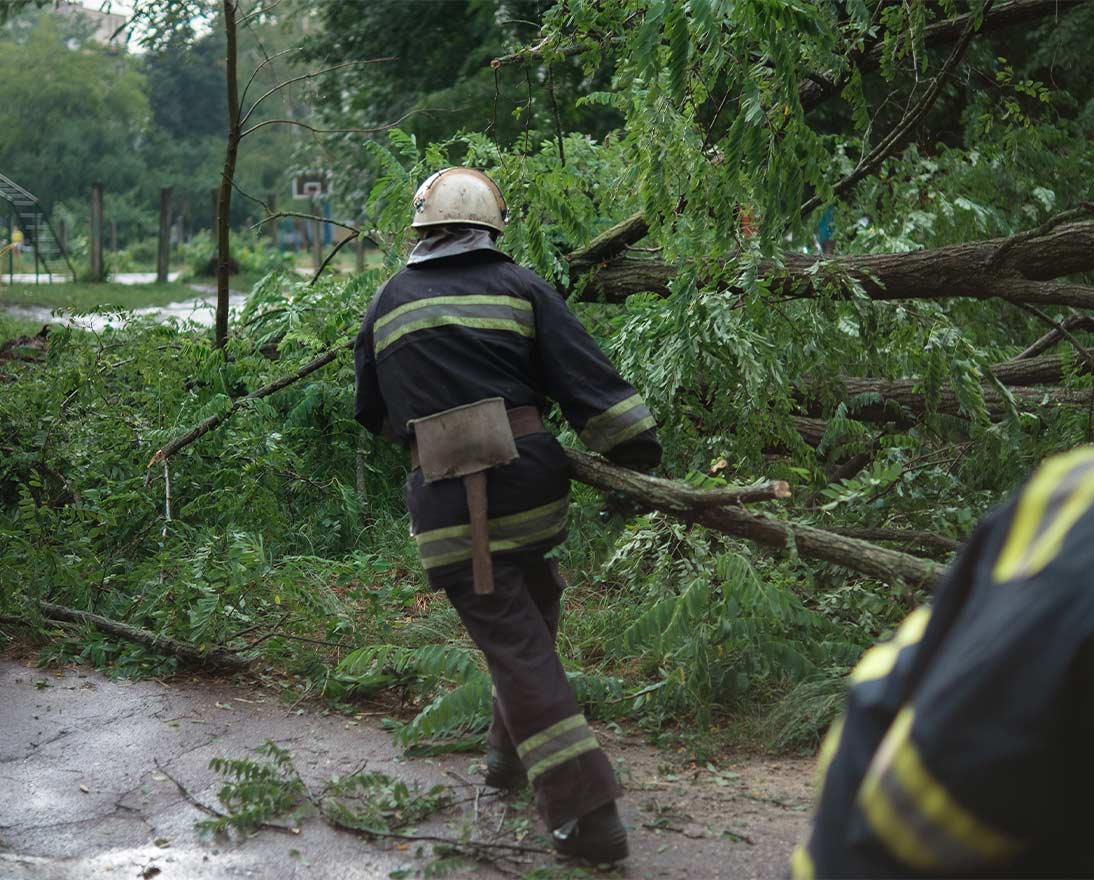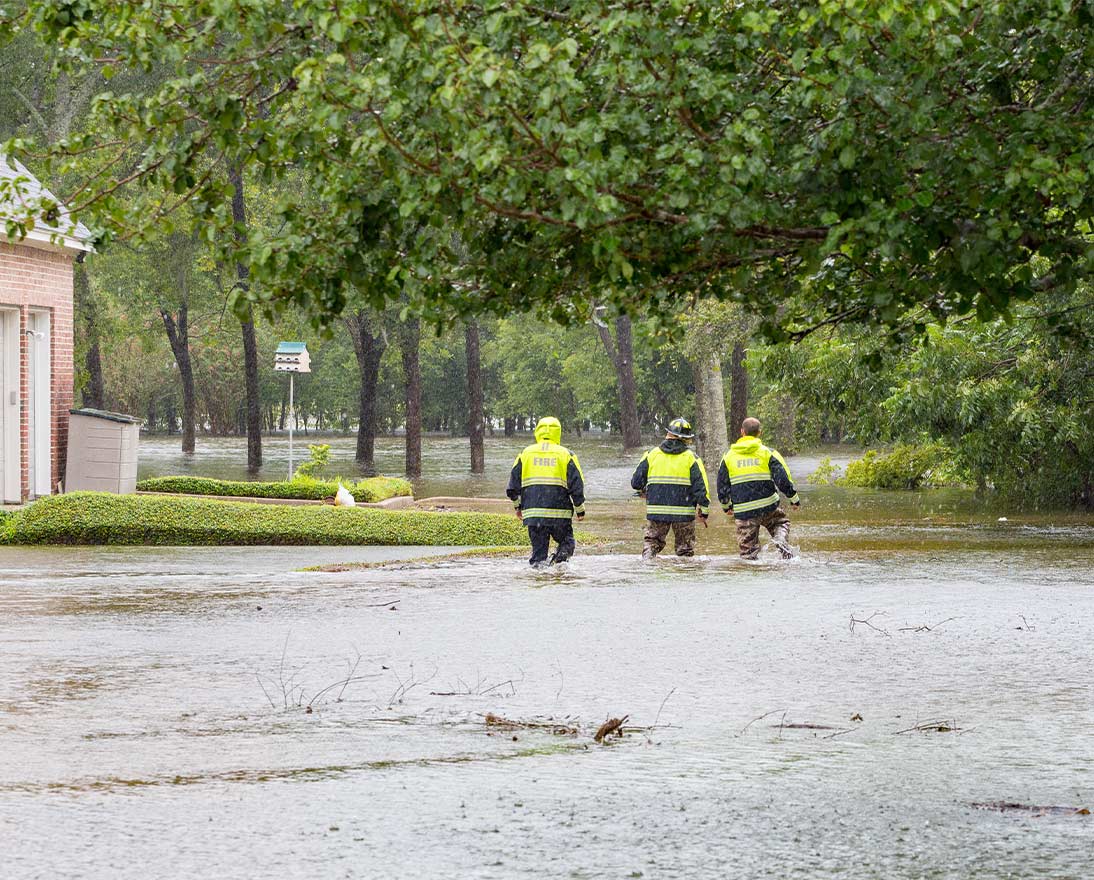How to manage heat stress in the workplace
Natural hazardsArticleMay 13, 20245 min read
As temperatures rise, heat stress is a growing health risk for workers. Follow these nine tips to protect your workforce from heat-related illnesses.
As the world warms up, heat stress will become a growing health risk for everyone. But workers can be particularly vulnerable, especially if they are undertaking strenuous activities or are working outside in the summer months.
Heat stress occurs when the body’s means of controlling its internal temperature starts to fail. The seriousness of heat stress can range from severe thirst to a feeling of weakness and exhaustion. It can result in heat stroke, heat exhaustion or heat cramps if you don’t take proper precautions.
Workers at risk of heat stress include outdoor workers, but also those that work in hot indoor environments, such as bakeries, mines, boiler rooms, and other locations. The risk of heat stress in these indoor locations can be increased if the building or structure has inadequate ventilation, poor insulation, or lacks air conditioning.
The wet-bulb temperature
Typically, when we consider temperature, we focus on the dry air temperature (measured on a thermometer). This metric, however, ignores the impact of humidity. Humans usually regulate their internal body temperature by sweating. But if humidity levels are high (meaning the air is saturated with water) then less evaporation will occur, and it will become more difficult to cool down through sweating.
The wet-bulb temperature combines the dry air temperature with the impact of humidity. It is the lowest temperature to which air can be cooled by evaporation at a constant pressure. A wet-bulb measurement is taken by covering the thermometer bulb with a wet cloth. The evaporating water from the cloth will cool the thermometer down, mirroring how the human body cools with sweat. This is why the wet-bulb temperature is considered a better gauge of heat stress on humans.
It was previously thought that a wet-bulb temperature of 35°C (95°F) was the maximum a human could endure. But recent research suggests it could be far lower at between 30°C and 31°C (86-88°F). This has health and safety implications for everyone working in hot environments.
How to prevent heat stress
It is advisable to seek advice from an occupational health professional to assess a person’s sensitivity and susceptibility to heat stress. Risk factors include age, weight, physical fitness, metabolism, use of drugs or alcohol, and various medical conditions. For example, workers aged over 65 years, are overweight, have heart disease or high blood pressure, or are pregnant, will generally have a lower tolerance to heat.
“Assessing the health risks related to high temperatures is not as simple as just checking a thermometer,” says Amar Rahman, Global Head of Climate & Sustainability Solutions at Zurich Resilience Solutions.
“There are many variables that need to be considered, including air temperature, work rate, humidity and work clothing,” says Rahman. “This is why all employers need to educate their workforce about the dangers of heat stress and invest in creating a safe and comfortable environment at all temperatures.”
The following nine tips can help reduce the risk of heat stress in the workplace:
1. Establish a heat illness prevention program
Include safe working practices and emergency procedures. Define a safe environment (temperature and humidity) and specify how long you can work in hot conditions.
2. Provide education and training
Ensure your workforce is aware of the risks of heat stress associated with their work and ensure they understand the symptoms to look out for.
3. Allow workers to acclimatize
Gradually increase workload and heat exposure. Identify which workers are acclimatized or assessed as fit to work in hot conditions.
4. Reduce exposure to hot environments
Design work timetables around the weather with the most strenuous work scheduled for cooler times of the day.
5. Increase air circulation
Use fans, air conditioning and ventilation to lower temperatures. Install physical structures that reduce exposure to radiant heat or create shade.
6. Monitor the health of workers
Check workers who are most at risk to heat stress due to the nature of their job or because of an illness, condition or medication.
7. Prevent dehydration
Provide cool water and encourage workers to drink every 15-20 minutes – thirsty or not – during hot weather. Avoid caffeine and alcohol.
8. Provide frequent rest breaks
On the hottest days, provide hourly breaks with access to cool areas in the shade, or in an air-conditioned building or vehicle.
9. Supply appropriate clothing
Outside workers should wear light, loose-fitting clothing, sunglasses and sunscreen. Be aware that protective equipment may increase risk of heat stress, so provide more rest breaks for these employees.
Climate Resilience
Our Climate Resilience experts help you identify and manage climate risks, and prepare you for climate reporting.






